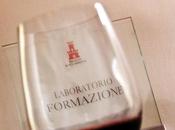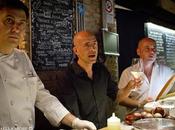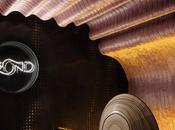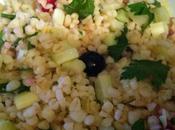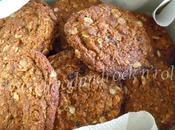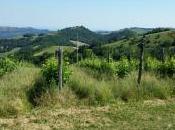Come promesso, un articolo di Brendan Jansen che approfondisce il tema del terroir australiano di Margaret River. Nel prossimo post una versione in italiano. Grazie di cuore a Brendan!
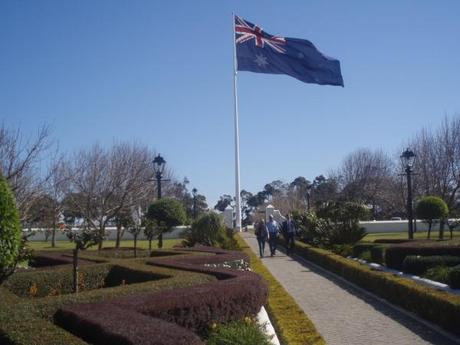
Voyager Estate www.voyagerestate.com.au (photo by Marco Manero)
Margaret River is located on an ancient ridge of igneous (granite) rock in the South West of Western Australia, lying between the Capes of Leeuwin and Naturaliste. Its soils are derived from centuries of weathering to produce a gravelly loam (with similarities to Bordeaux’s left bank), relatively low in fertility, and thus ideal for viticulture.
The region enjoys a Mediterranean climate, with warm dry summers and mild wet winters, with a dominant maritime influence, resulting in a moderating effect on both summer and winter temperatures, and no frost. The climate is marginally warmer than that found in Bordeaux, perhaps more in line with some areas on the right bank as opposed the left. Heat summation degree days are 1597 as opposed to Bordeaux’s 1463.
What else makes the Margaret River wine region special?
Firstly, it is a place of enormous natural beauty. Jancis Robinson, the great British wine journalist and Master of Wine, in her book “Jancis Robinson’s Wine Course”, describes the region as “as close to paradise as I have been on my wine travels”. And the travels she speaks of have been far and wide indeed!
Then, of course, there is the amazing track record of its wines. Consider this: Australia produces between 3 and 4% of the world’s wines. Of this production, Western Australia contributes but 4.8%. Thus in percentage terms, Western Australia produces about 0.2% of the world’s wines. The figure for Cabernet Sauvignon would be slightly less (as its plantings are proportionally less than other varietals), and of course, Margaret River’s share is only a part of Western Australia’s total.
Yet the Margaret River region consistently wins an obscenely high number of medals and trophies, at national and international level, proportionally far, far in excess of its size. And it is not just for Cabernet Sauvignon or Bordeaux blends that this is the case. In the words of Western Australian wine industry guru John Jens, Western Australian Chardonnay, Sauvignon Blanc and Semillon Sauvignon Blanc also regularly punch beyond their weight on the Australian and international wine scene. Here the focus will be, however, on Cabernet Sauvignon and its blends with other Bordeaux varietals. Some examples follow:
ENGLAND’S INTERNATIONAL WINE AND SPIRIT CHALLENGE 2008: Best international Cabernet (Woodside Valley Estate Baudin Cabernet Sauvignon 2005).
ENGLAND’S INTERNATIONAL WINE AND SPIRIT CHALLENGE 2009: Best International Cabernet Trophy (Woody Nook Gallagher’s Choice 2007 ) (that is, a Margaret River wine won this trophy for two years in a row).
DECANTER WINE AWARDS 2008: Vasse Felix Cabernet Sauvignon 2005 gained The International Trophy for “The World’s Best Red Bordeaux Style.”
DECANTER WINE AWARDS 2009: Fraser Gallop 2007 Cabernet Sauvignon won the same Trophy (Best international red Bordeaux style). In the Cabernet classes Margaret River also gained three of the six gold medals given to Australian wines. As with the IWSC trophy wins above, Margaret River has gained this trophy in two consecutive vintages.
Western Australia also does extremely well when in competition with other Australian wines, both in the National and International arenas. Here are some examples:
LONDON’S INTERNATIONAL WINE CHALLENGE for 2008 and 2009: The Clairault Cabernet Sauvignon 2004 and 2005 won best Australian Cabernet Sauvignon for two years running, and the trophy for Best Australian Red wine (with the 2004 vintage) in 2008.
In the Melbourne Wine Show 2006, in the “2004 and older” classes where Cabernet Sauvignons were eligible, Western Australia gained seven of the eleven gold medals awarded – competing against this nation’s finest.
These are but a small sampling of show results. Underwhelmed by them?
What about the opinion of experts, such as James Halliday, probably Australia’s foremost wine writer and critic? This from his 2010 annual guide: In the Other Bordeaux Red Blends and varietals class the West is rewarded with ten of the thirty-one highest ranked wines (or 32%). And from his 2011 guide in the same class: Cullen’s Diana Madeline Cabernet Merlot 2007 is the highest pointed wine and Western Australia gained sixteen of the thirty-four highest rated wines (that’s 47%!) This in contrast, for example, to the Coonawarra’s (Australia’s other great Cabernet Sauvignon producing area) two.
Still unconvinced? Why not seek out a Cabernet Sauvignon or Bordeaux blend from Margaret River and see for yourself? It is interesting to note that all of these awards, with the exception of the two to Vasse Felix, have been won by lesser known Western Australian producers, and not icons of the region such as Moss Wood, Cape Mentelle, Cullens or Houghton. Further, there is quality across price points, as shown for example, in Winestate Magazine’s Annual Cabernet Sauvignon Taste Off in 2006 (where Margaret River Cabernet Sauvignon was represented in similar proportion across prices ranging from A$15 to $40+. Therefore, it would not matter too much which example you got your hands on. Go on, give the wines a try, and spread the word!
Brendan Jansen
My thanks to friend and mentor John Jens for providing me with the wine show statistics quoted above.
Filed under: Australian review, Aziende vinicole/Wineries, Itinerari/Wine tourism Tagged: australia, brendan jansen, cabernet sauvignon, Cullen wines, Margaret River, marketing del territorio, terroir, Western Australia, wine, wine marketing
